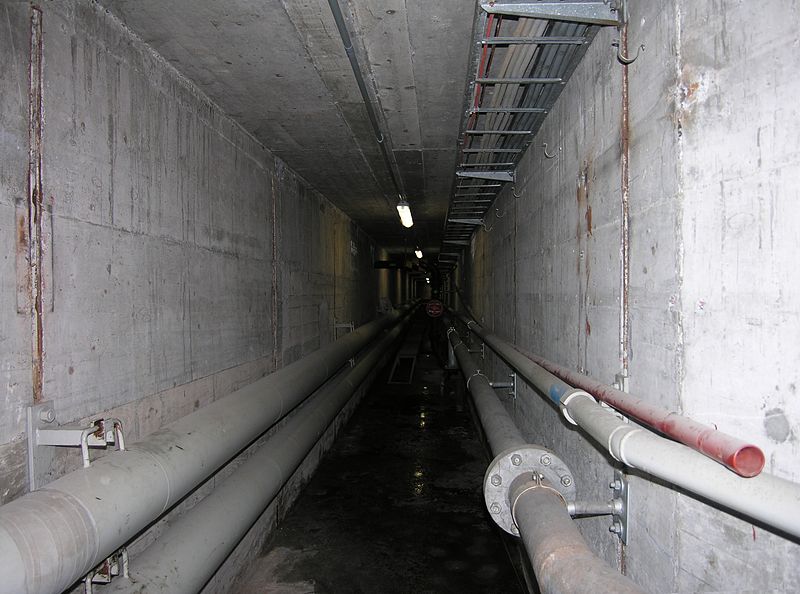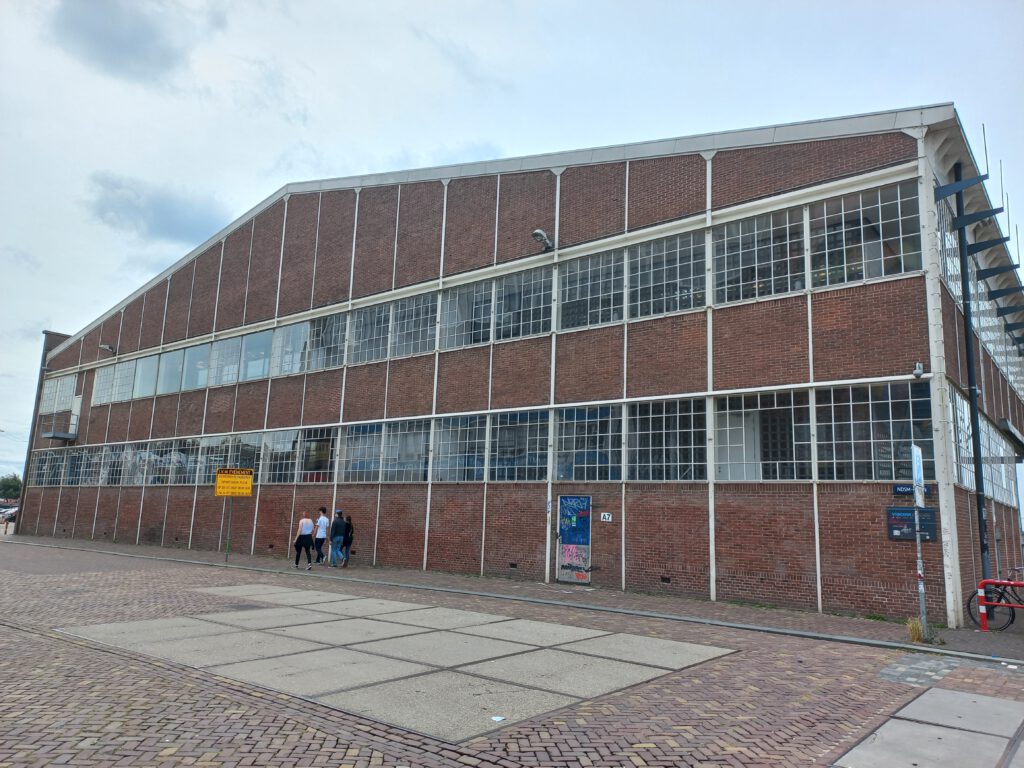Urban exploration, shortened to urbex, means going around your city and finding places to explore that are way off the beaten path, usually only known by locals.
Industrial sites, abandoned buildings, old tunnels—you name it. Urban exploration will bring you as much as your curiosity allows you, so bring a flashlight, a camera, and a buddy, and get out there to explore!
What is Urbex exactly?
Truth be told, we don’t know exactly when urban exploration began. Curious people must have been exploring the unexplored for a long time.
However, urban exploring as we know it today started with the advent of the World Wide Web. With like-minded people finding it easier to connect through the internet, an online subculture dedicated to urban exploration emerged.
Initially as obscure as the very places urban explorers went to, urbex has now become more mainstream, with plenty of blogs dedicated to this hobby.
The basics of urban exploring in the Netherlands
The thing about urban exploring is that you’re not really sightseeing the most famous locales in a city. Quite the opposite — you’re out to find the most hidden places you could possibly go to.
Especially when it comes to going urban exploring in abandoned buildings, there are some norms you should keep in mind.
An often-used quote describing what your aim is when going out to explore is to “take nothing but photographs, leave nothing but footprints.” 👣
READ MORE | A guide to 6 streets to explore in Utrecht (that you maybe didn’t know about)
Abandoned places bring all sorts of visitors. From homeless people to teenagers out to vandalise the walls, you’ll find remnants of past visitors in the buildings.
That’s why it’s important to bring a friend with you, in case something goes wrong. You are, after all, entering places that are not exactly structurally sound, so caution needs to be exercised when exploring.
Depending on where you’re going, you might need to consider bringing a mask as well. Especially if you’re exploring disused tunnels or any underground location, you’ll run into mould and a lot of dust, so it’s best you protect your lungs from them.
Is it legal to go urban exploring in the Netherlands?
Well, technically, not. While urban exploring, you are also more than likely trespassing on private property. In all honesty, that is also part of the thrill of urban exploring. 🌆
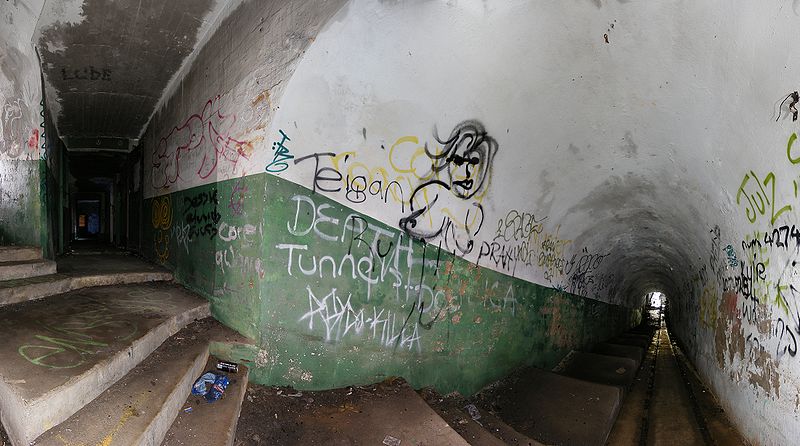
Now, the chances of you getting caught or fined really depend on what you’re (urban) exploring. Going to explore some tiny cabin in a rural area? Chances are that no one will be bothered by it. Going into an abandoned military base? You might run into some guards.
Intention also matters. If a guard runs into you and your buddy and you both have a camera around your necks, it will be quite obvious that you’re just out there to explore and take photos, nothing else.
READ MORE | Nature in Tilburg: 11 gorgeous green places for you to explore around Tilburg
Now, the best way to make sure you’re not screwing something up is to make sure that you are not breaking and entering. So if you find a locked door, try not to force it open. If the door or entrance is wide open, you can allow yourself inside.
Alternatively, if you want to explore a place and it’s locked, you can go the legal way by requesting permission from the local municipality (Gemeente) to go inside for the purpose of documenting the site. They should be more than happy to help if you set your intentions clearly.
Another thing to consider is that not all urban exploring needs to necessarily be in abandoned places. Urban exploring can also be done legally, in places that were abandoned for some time and since repurposed, or generally in areas that are away from the shiny touristic attractions.
Let op! Don’t vandalise anything. That will make your exploring case harder to explain to the guard. 👮🏻♂️
Urban exploration in the Netherlands
The issue about urbex in the Netherlands is that the Dutch are known for their efficient usage of space. This means that places don’t stay abandoned for long, especially in urban areas.
You can find a lot of locations online in the Netherlands which have since been refurbished or demolished. And even if they are abandoned, going inside usually means you are breaking and entering. The Dutch are notorious rule-followers, which means you’ll get fined for trespassing, no matter your intentions.
Wow 😯 pic.twitter.com/a48Mdrz4nW
— All Things Urbex (@allthingsurbex) October 11, 2023
Still, that doesn’t mean you should give up. In the urbex subculture, it’s encouraged to find your own location to explore. The more people know of a location, the more explored it is, which makes it less of an authentic experience.
But remember: there’s nothing wrong with using the internet as a starting point for potential locations.
Places to urban explore in the Netherlands
Most locations in the Netherlands can usually be found on the outskirts of cities or in harbours, usually in the form of abandoned factories. There are also several locations in the east of the Netherlands, which is abundant with abandoned places.
Urban exploring at Radio Kootwijk
An iconic urban exploring site in the Netherlands is Radio Kootwijk. Built in 1918 as a radio transmitter, it connected the Netherlands to its colonies. It was captured by Nazi Germany during World War II and used to communicate with submarines until the end of the war.

Throughout the rest of the 20th Century, the Radio lost its importance and shut down, with some of its buildings being demolished. However, its iconic Station A remains, and the park around it can be visited.
Station A can also be rented for events, which isn’t very urban exploring-like, but we’ll take what we can get in the Netherlands!
A tropical exploration at the Tropicana
Another location to consider is the Tropicana in Rotterdam. Built as a combination of a swimming resort and an indoor nightclub, the Tropicana had many swimming pools and tropical-inspired interiors. The place was just an all-around classic 90s venue.
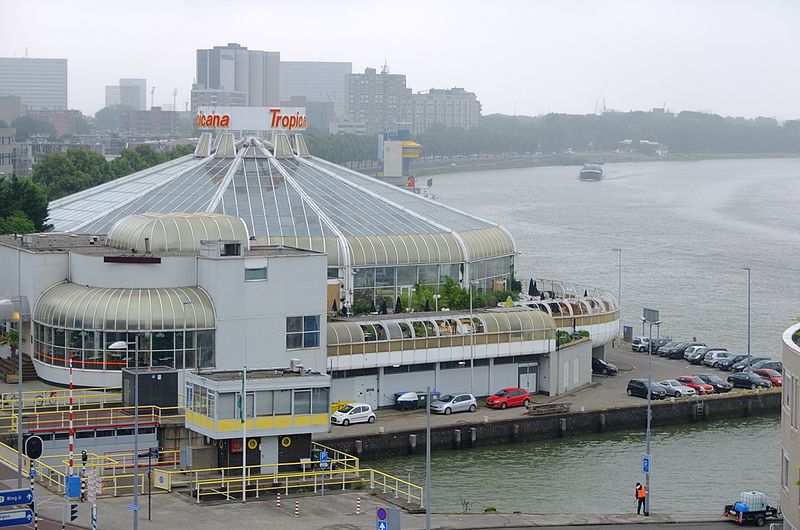
Unfortunately, it closed down in the early 2010s after going bankrupt. Part of the venue is now used as offices for start-ups, but you can still give it a peek for its former tropical nostalgia.
Bunkers and World War II in the Netherlands
One of the biggest urban exploration places in the Netherlands is the Atlantic Wall. Built by the Nazis during World War II, it was composed of a series of bunkers and fortifications along the west coast of continental Europe, which were meant to fend off an Allied invasion (which didn’t exactly work).
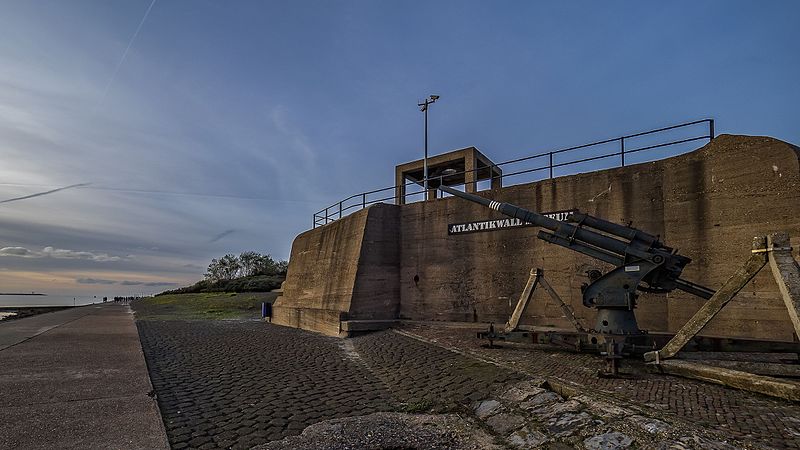
The bunkers are still there to this day. One of the best spots to see them is in the dunes next to Scheveningen, where they are lined up in the dunes facing the sea.
The Hague itself has plenty of bunkers throughout the city in all sorts of unexpected locations, such as in public parks like Clingendael.
If you want to “legally” explore a bunker, you can go to Hoek van Holland, where there is a museum bunker. You should also check out the yearly Bunker Day when bunkers around the Netherlands are open to the public.
Industrial decay and urban exploring at NDSM
Finally, for the industrial fans amongst you, consider visiting the NDSM in Amsterdam. While it’s not abandoned and it is quite well-known, it’s still a great urban exploration site.
Situated in an old shipyard on the Ijssel River in Amsterdam, the spot has since become a creative hub. Nevertheless, it’s certain to scratch your urban exploration itch with plenty of graffiti, rusting industrial architecture, and overall decay.
What are your favourite places to go urban exploring here in the Netherlands? Let us know in the comments!
Editor’s Note: This article was originally published in August 2020, and was fully updated in October 2023 for your reading pleasure.


